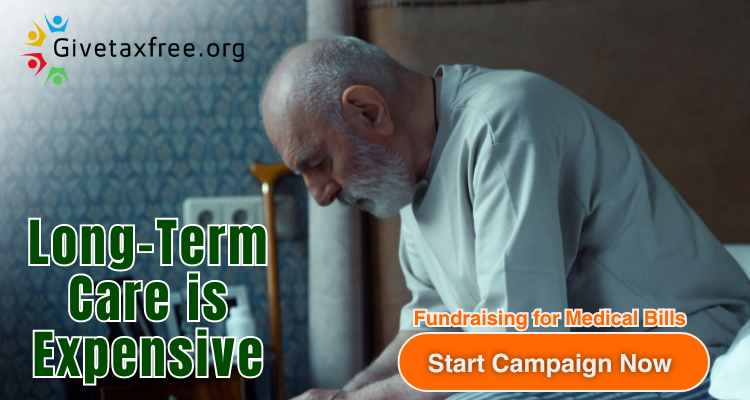In this JCO Article Insights episode, Davide Soldato provides summary on two articles published in the November issues of the Journal of Clinical Oncology. The first article provides data on the prognostic effect of physical exercise on overall mortality and cancer-related mortality in a pan-cancer analysis of the PLCO study (https://ascopubs.org/doi/abs/10.1200/JCO.23.00058#:~:text=In%20pan%2Dcancer%20analysis%2C%20exercise,specific%20mortality%20varied%20by%20dose.) . The second article provides data regarding the impact of BMI on treatment-related adverse events and adherence to Palbociclib in the PALLAS trial (https://ascopubs.org/doi/abs/10.1200/JCO.23.00126) . Overall, results of these study support the need to conduct studies investigating lifestyle behavioral factors and their impact on outcomes in survivors of and patients diagnosed with cancer.
TRANSCRIPT
The guest on this podcast episode has no disclosures to declare.
Davide Soldato: Welcome to the JCO Article Insights episode for the November issue of the Journal of Clinical Oncology. This is Davide Soldato, your host, and today, I will be providing a summary on two articles focused on the impact of exercise on cancer prognosis and of BMI on treatment side effects.
In the first article titled Pan-Cancer Analysis of Postdiagnosis, Exercise, and Mortality, Lavery and colleagues investigated whether higher exercise was associated with a reduced risk of mortality among individuals diagnosed with cancer. The authors conducted a pan-cancer analysis using data from the Prostate, Lung, Colorectal, and Ovarian cancer screening study or PLCO, using data from a questionnaire that was administered to participants in the study at a median of nine years after initial randomization.
The questionnaire including 12 questions related to physical activity, both occupational and non-occupational. Of these 12 questions, four were used to assess the prognostic impact of moderate and strenuous exercise evaluated both in terms of frequency, so a number of sessions per week, and duration of exercise sessions.
The exposure to exercise was defined according to international guidelines, and patients were so divided among those who had a moderate intensity exercise defined as at least four days per week with each session on average for 30 minutes in duration, and strenuous intensity exercise equal or more to two days per week with each session on average of at least 20 minutes in duration.
So, based on this definition, the patients were categorized as either exerciser, if they were meeting the recommendation or non-exercisers. Additionally, to assess the existence over those response relationship between exercise and mortality, the authors further categorize patients on a four level scale as reporting no exercise, exercise, not meeting recommendation, meeting recommendation, or exceeding recommendation.
The primary endpoint of the study was all-cause mortality, and secondary endpoints included cancer mortality and mortality from other causes. This study included more than 11,000 patients diagnosed with cancer. 38% of them reported meeting guidelines recommendation with a median of 44 and 19 minutes spent in moderate and strenuous exercise respectively.
Individuals belonging to the group of exerciser were more frequently male, non-smokers, and with a lower prevalence of cardiovascular diseases. The most common cancer diagnosis were prostate cancer, breast cancer, and colon cancer observed respectively in 37%, 20%, and 7% of the participants.
Patients who died within six months from the completion of the questionnaire were excluded from this study. A median follow-up time between this landmark point and the last follow-up was 11 years. More than 4,500 deaths were observed in this period, and less than half were related to cancer meeting.
Meeting exercise recommendation was associated with a 25% risk reduction in all-cause mortality, a 21% risk reduction in cancer mortality, and a 28% risk reduction in mortality from other causes. In particular, five-year cancer mortality rate was 12% among exerciser and 16% among non-exerciser.
Interestingly, the positive prognostic effect of exercise was observed starting within the first five years of observation, but persisted up to 20 years afterwards. An inverse to those response relationship between exercise and mortality was observed, so increasing exercise was overall associated with incremental reduction in the risk of death.
The authors compared patients reporting no exercise with those reporting exercise under at the recommendation or over the recommendation. For all-cause mortality, the risk reduction was equal to 25% among those reporting exercise below the recommendation, and increased to 35 and 36% among those meeting and exceeding recommendation respectively.
Similar results were observed for cancer mortality, risk reduction ranged from 19% in those reporting exercise below reco…













![Deputies warn of door-to-door salesman scam in Stephens County [Video]](https://cancerrecoverygiving.com/wp-content/uploads/2024/07/mp_353759_0_7NAT5JOZJZEGDDUO7EXNQP7SOQpng.jpg)
![Colonoscopy -vs- Virtual Colonoscopy: Know the Difference [Video]](https://cancerrecoverygiving.com/wp-content/uploads/2024/07/mp_353765_0_0jpg.jpg)
![SCOTUS says that prosecutors overstepped in Jan. 6th Case [Video]](https://cancerrecoverygiving.com/wp-content/uploads/2024/06/mp_348544_0_https3A2F2Fdo0bihdskp9dycloudfrontnet2F062820242Ft7d86d344fea54a50a62e76ef8efd930enamefile1280x7202000v31jpg.jpg)
![New breast cancer screening law requires insurance to cover more [Video]](https://cancerrecoverygiving.com/wp-content/uploads/2024/06/mp_348547_0_3F2YSCU7BFCJHGFKEP5MLGKJ34jpg.jpg)

